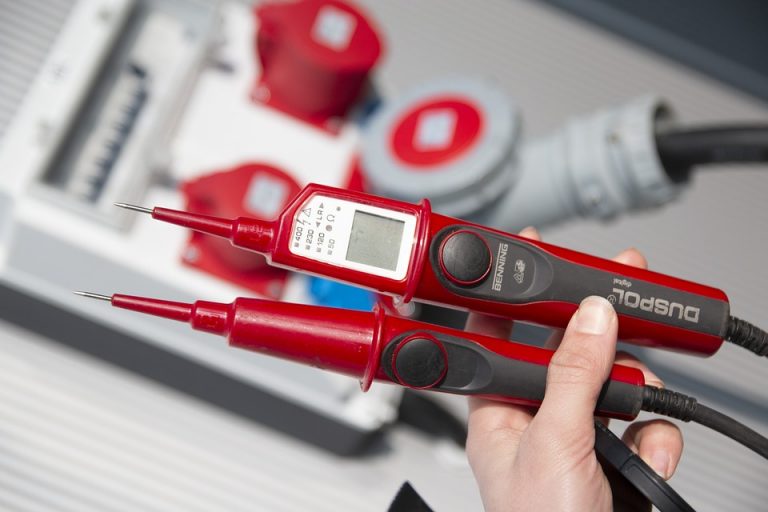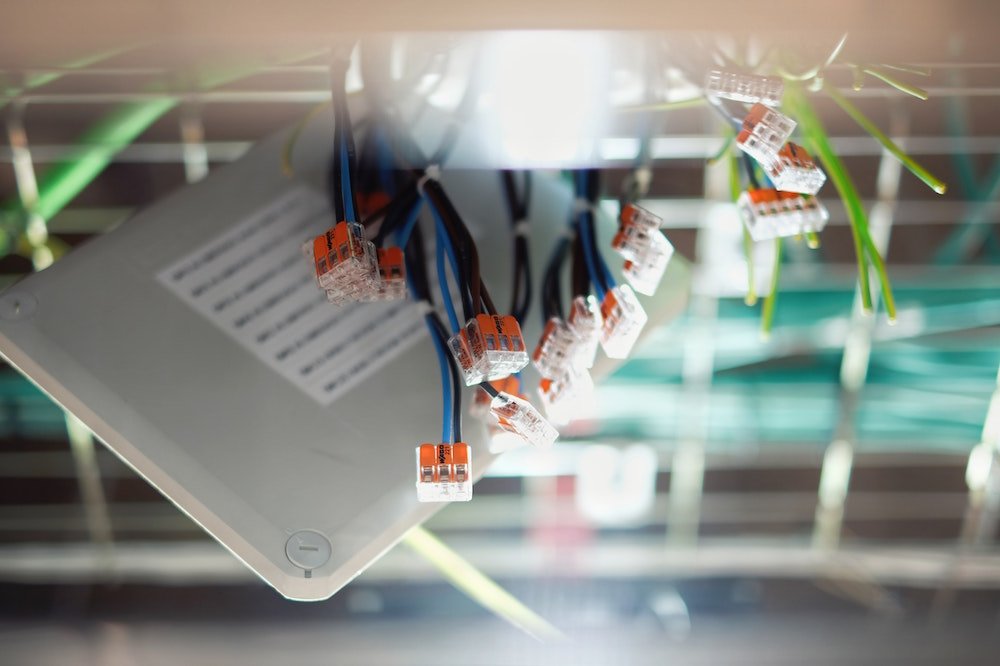Testing emergency lighting is something that needs to happen on a regular basis to make sure they are ready to go in the event of an actual emergency.
Emergency lights, including exit signs, usually have batteries inside them. Even emergency lighting hooked up to the building’s power grid rely on that juice to keep their batteries at full charge at all times so they can work even if the power is out, which is often a probable reality in the event of disaster.
Power outage alone can be enough to trigger many warning lights just so building occupants can see their way out of a building. Many commercial facilities and offices would immediately require all visitors and guests to exit the building. Non-essential employees might be asked to depart as well.
Testing is necessary for several reasons. First, someone needs to verify that the batteries are charged and capable of maintaining sign operation long enough to get everyone out. Second, testing has to happen to make sure that the signs would actually light up enough. Failing batteries might only partially or dimly illuminate signs if the power is out, since the signage would only have one power source. On any normal day, they might appear as bright as ever because they’re drawing directly on the grid instead of off their batteries.
Emergency lighting has to be checked internally and also for at least half a minute. Even a defective bulb might light up for a few seconds. If you assign this testing to an employee, they might just look up and see a light is on in normal circumstances and mark it off as okay. Industry professionals are the best choice since they’ll climb up there and look into the actual equipment to verify that all the components are up to spec and in full working order.
Testing out emergency lights is obviously necessary, but it also tends to fall to the wayside in light of more pressing concerns in many commercial and industrial environments. Delegate this essential responsibility to industry professionals by contacting CLF Services for routine visits, inspections, maintenance, and upgrades. Do it for the sake of safety, maintaining your insurance coverage, and keeping up to established building codes.
Emergency lighting will hopefully never have to come on, but testing emergency lighting is crucial to make sure it will perform in the event that it’s needed.













